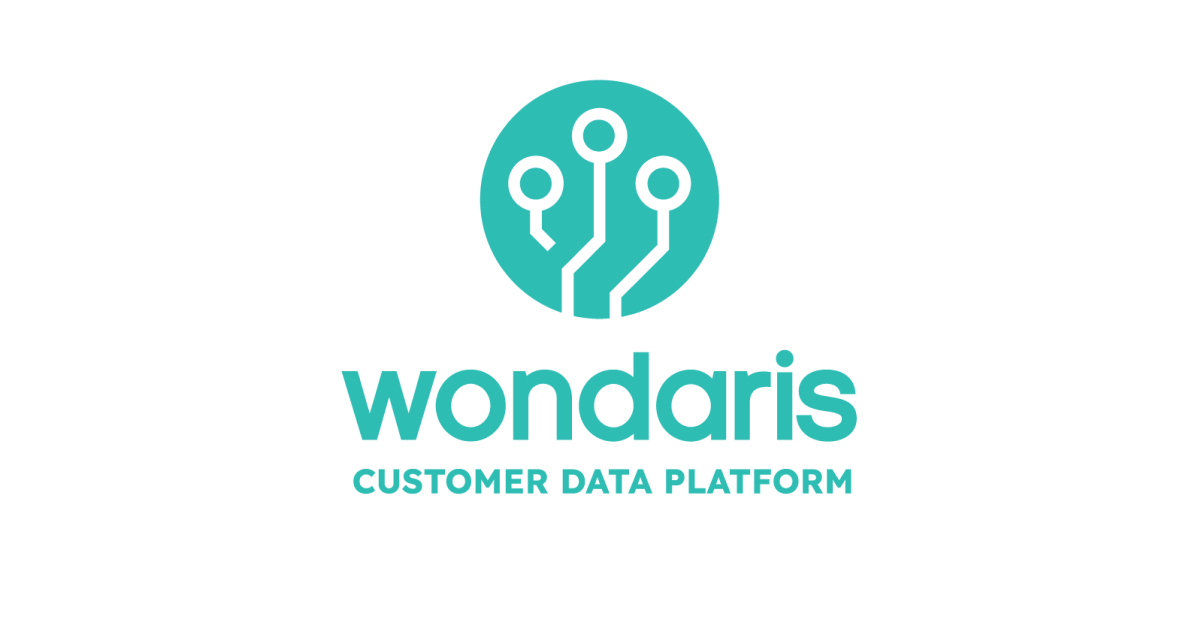In today’s fast-paced marketing world, companies face the challenge of managing and analysing vast amounts of customer data to create successful campaigns. A customer data platform (CDP) is a tool that collects, organises, and analyses customer data from multiple sources, providing insights that can help organisations understand and engage with their customers more effectively. This blog post will explore how a CDP can help large organisations in the marketing, advertising, and tech space and retail organisations in the apparel and fashion, luxury goods, and jewellery industries solve campaign issues.
What is a Customer Data Platform?
A CDP is a software tool that collects customer data from multiple sources, such as websites, mobile apps, point-of-sale systems, email campaigns, and social media. It organises this data into individual customer profiles, providing a 360-degree view of each customer’s behaviour, preferences, and interactions with the brand. A CDP can unify customer data across different systems, making it easier to analyse and activate this data in campaigns. The goal of a CDP is to help marketers create more personalised and effective campaigns that resonate with their customers.
How a CDP Helps Solve Campaign Issues
Targeting the Right Audience
One of the main challenges in marketing is identifying the right audience for a campaign. A CDP can help solve this issue by providing insights into customer behaviour, preferences, and demographics. A CDP can identify high-value customers, prospects, and segments most likely to engage with a campaign by analysing customer data. This helps marketers to target their campaigns more effectively, resulting in higher conversion rates and ROI.
Personalising Campaigns
Personalisation is critical in creating successful campaigns. A CDP can help marketers personalise campaigns by providing insights into customer preferences, behaviour, and interactions with the brand. This allows marketers to create personalised messages, offers, and content that resonate with each customer. Personalisation leads to higher engagement rates, conversion rates, and customer loyalty.
Optimising Campaign Performance
Measuring the performance of a campaign is essential in determining its success. A CDP can help marketers measure campaign performance by providing insights into customer engagement, conversion rates, and ROI. By analysing this data, marketers can optimise campaigns, making changes to messaging, targeting, and content to improve results. This leads to better ROI and higher customer lifetime value.
Improving Customer Experience
Customer experience is critical in retaining and acquiring customers. A CDP can help improve customer experience by providing a 360-degree view of each customer, enabling personalised interactions, and creating seamless cross-channel experiences. By understanding customer preferences and behaviour, marketers can provide a better customer experience, resulting in higher customer satisfaction, loyalty, and advocacy.
Case Study: How a CDP Helped a Retailer Increase Sales by 20%
A large apparel retailer needed help to create personalised campaigns that resonated with its customers. They were using multiple systems to collect customer data, making it challenging to analyse and activate this data in campaigns. They implemented a CDP, which enabled them to unify customer data across all systems, providing a 360-degree view of each customer. They used this data to personalise campaigns, resulting in a 20% increase in sales and higher customer lifetime value.
A CDP can help large organisations in the marketing, advertising, and tech space and retail organisations in the apparel and fashion, luxury goods, and jewellery industries solve campaign issues. A CDP can provide insights into customer behaviour, preferences, and interactions with the brand, enabling marketers to create more personalised and effective campaigns. Marketers can achieve higher conversion rates by targeting the right audience, personalising campaigns, optimising campaign performance, and improving customer experience.
